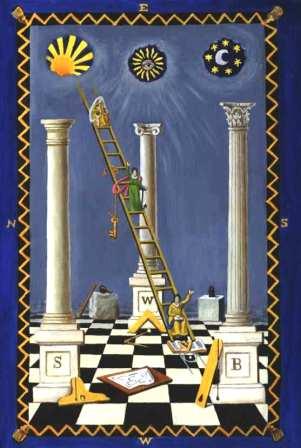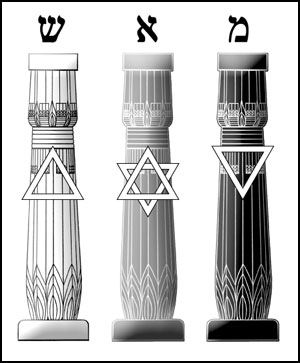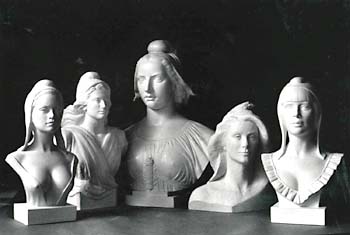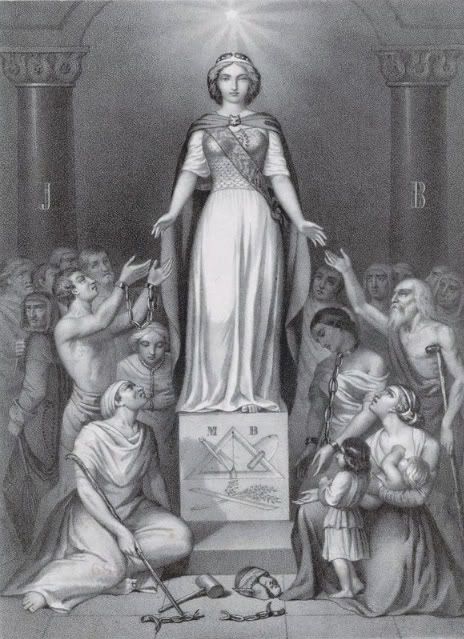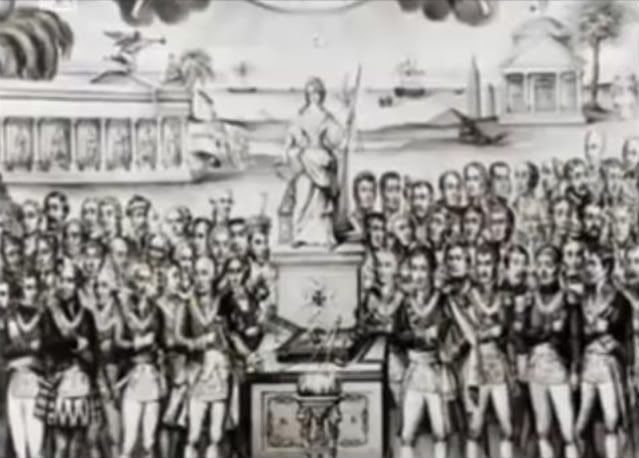Post by Tamrin on Mar 26, 2011 19:21:39 GMT 10
The Masonic Marianne
By Philip Carter, Fri, 26 June 2009, Victorian Lodge of Research, (218, V.C.)
First published in Pondering Freemasonry, Transactions of the Victorian Lodge of Research, No. 218,
Vol. 23 - 2009, Published by the lodge (Editor, W.Bro. Jean-Michel David), ISBN 0-9590836-4-2
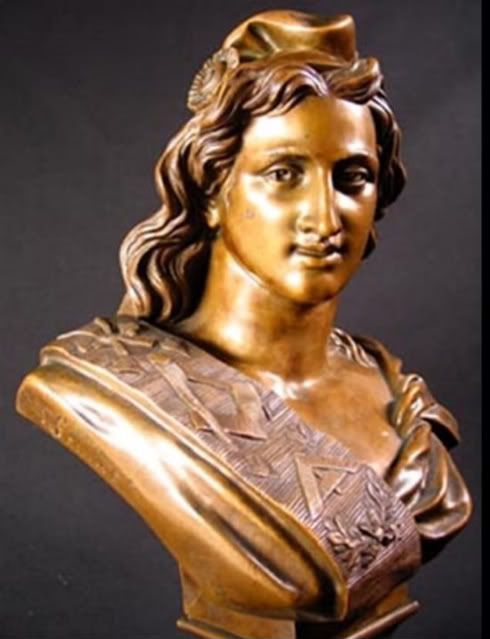
By Philip Carter, Fri, 26 June 2009, Victorian Lodge of Research, (218, V.C.)
First published in Pondering Freemasonry, Transactions of the Victorian Lodge of Research, No. 218,
Vol. 23 - 2009, Published by the lodge (Editor, W.Bro. Jean-Michel David), ISBN 0-9590836-4-2

PREAMBLE
Leo Zanelli in, A Pragmatic Masonic History, cautions against attempting to only trace one historical thread when seeking to comprehend our origins. He states:
The theme invoked the Biblical example of the persecution of devotees of the Hebrew goddess Asherah, (represented by a “pillar” signifying stability1). This is not a time-immemorial theme: as a Craft tradition, it can be traced no earlier than the 1720’s. The most likely suspect for its creation is John Theophilus Desaguliers, the third Grand Master, who wrote much of our ritual and who was said by Albert Mackey to be the Father of Modern Speculative Masonry2.
Continental Freemasons enthusiastically picked-up the theme and continued its unfolding. Meanwhile their English Brethren appear to have become distracted by the rivalry between the Moderns and the Antients, and by the latter’s Royal Arch degree (which, at first, conflicted with the earlier Asherah theme). With the help of some significant images, we will trace that theme from its introduction in London, evidently by Desaguliers and his fellow Calvinists, to France and over to America.
Leo Zanelli in, A Pragmatic Masonic History, cautions against attempting to only trace one historical thread when seeking to comprehend our origins. He states:
What is needed now, is to concentrate on the three distinct divisions of masonic ritual – the first two degrees; the third; and the Royal Arch – and work out the history of each as a separate entity. In that way we may start to unravel the complex structure that is Freemasonry. To attempt to imagine the first, second, third and Royal Arch as an integral whole historically, is inaccurate and will only tend to confuse – unless you prefer fairy tales…Tonight I begin with that part of our history connected with the establishment of the Third Degree, sometime in the early 1720’s. There and then, at a time when there had been recent religious turmoil and the possibility of more, we find a theme stressing tolerance underlying the newly created third degree and complementing Anderson’s Ancient Charge “Concerning God and Religion.”
The theme invoked the Biblical example of the persecution of devotees of the Hebrew goddess Asherah, (represented by a “pillar” signifying stability1). This is not a time-immemorial theme: as a Craft tradition, it can be traced no earlier than the 1720’s. The most likely suspect for its creation is John Theophilus Desaguliers, the third Grand Master, who wrote much of our ritual and who was said by Albert Mackey to be the Father of Modern Speculative Masonry2.
Continental Freemasons enthusiastically picked-up the theme and continued its unfolding. Meanwhile their English Brethren appear to have become distracted by the rivalry between the Moderns and the Antients, and by the latter’s Royal Arch degree (which, at first, conflicted with the earlier Asherah theme). With the help of some significant images, we will trace that theme from its introduction in London, evidently by Desaguliers and his fellow Calvinists, to France and over to America.
1. Deduced from Strong’s Hebrew Dictionary, #833 & #842 and Charles Fillmore’s, Metaphysical Bible Dictionary, n.d., Unity School of Christianity, pp. 69/71 (Asher, Asherah, Asherim & Ashteroth) and pp.594/5 (Sheba — etymologically related).
2. Mackey, Albert Gallatin, 1917 (org. 1874), Encyclopedia of Freemasonry and its Kindred Sciences, McClure Publishing, Philadelphia, p.240

